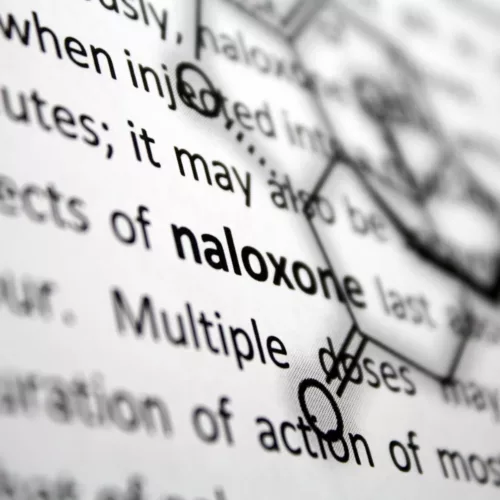What is Bill 88 and how can your workplace comply with the new requirements?

2 Minute Read
In recent years, the opioid epidemic has been a growing concern across North America, affecting individuals from all walks of life. The alarming rise in opioid-related deaths has prompted governments to take action, with Bill 88 being a recent example. This bill, passed in 2020 in Ontario, Canada, outlines new requirements for employers in regards to opioid risk assessment in the workplace.
The update provided further details on the naloxone kit requirements introduced as part of the Working for Workers Act, 2022, (Bill 88). To help leaders make sense of what this requirement means for organizations and how to effectively implement changes, we’re hosting a in-depth webinar with our experts that you can register for below.
But first, what exactly are opioids?
Opioids are a class of drugs that include prescription painkillers such as oxycodone, hydrocodone, and fentanyl, as well as illicit drugs such as heroin. These drugs work by binding to specific receptors in the brain and spinal cord, reducing the perception of pain.
While opioids can be effective in managing pain, they also carry a high risk of dependence and addiction. In addition, opioids can depress breathing, which can lead to respiratory failure and death, especially when combined with other substances such as alcohol.
How do you recognize an opioid overdose?
Recognizing an opioid overdose can be challenging, as symptoms can vary depending on the drug, dose, and individual. However, some common signs include slowed or stopped breathing, blue lips or fingertips, pale or clammy skin, and unresponsiveness.
If you suspect an opioid overdose, it is crucial to call emergency services immediately and administer Naloxone. It’s important to note that naloxone is not a substitute for emergency medical care and may not be effective for all types of opioids or doses.
What is naloxone and how does it work?
Naloxone is a medication that can reverse the effects of an opioid overdose. It works by binding to the same receptors as opioids, blocking their effects and restoring normal breathing. Naloxone can be administered through injection or nasal spray and is available without a prescription in many jurisdictions.
How can you reduce risk of opioid-related harm in the workplace?
To reduce the risk of opioid-related harm in the workplace, employers are now required under Bill 88 to conduct an opioid risk assessment. This assessment should identify the risk of opioid-related harm in the workplace, including the likelihood of exposure, potential sources of exposure, and the risk of overdose or other adverse effects. Based on the assessment, employers must develop and implement a plan to prevent or mitigate these risks, which may include training on opioid use and overdose response, providing naloxone and training on its administration, and implementing policies and procedures to reduce the risk of opioid-related harm.
Interested in learning about how to meet the new workplace naloxone requirements?




